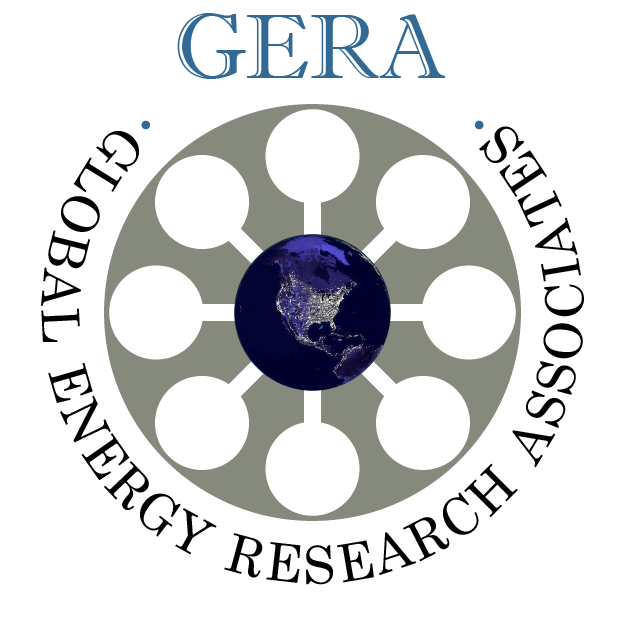Nuclear power has been used to power ships and submarines. There have been attempts to use nuclear engines in U.S. aircraft and missiles, but it turned out to be impractical because of the need for heavy shielding to prevent emission of a lot of radiation. The Russians have announced a missile that they say utilizes a nuclear engine, but all the tests of the prototypes so far have failed. However, work has continued over the years to reduce the size of a nuclear reactor and reduce the need for shielding.
One of the main problems with creating a nuclear engine is that so far, most nuclear reactors are just used to generate heat that is then used to boil water. The steam is used to turn a turbine to convert the heat into electricity. The need for all the steam engine technology makes the reactor system much more massive and complex. There have been experiments in other ways to convert the heat from a nuclear reactor directly into electricity. Many space probes are powered by radioisotopes that use thermocouple to convent heat to electricity in a special type of battery. It should be possible to use such a nuclear system to supply electricity to a battery that could then be used to power an electric engine.
Mark Adams is a physicist who used to work at Lawrence Livermore National Laboratory. He has created a new design for a nuclear engine similar to a car engine. Instead of pistons that go up and down, the engine would resemble the Wankel design from the 1950s with a rotor that rotates around a crankshaft. The Wankel engine design has been used in Mazda cars since the 1970s. Global Energy Research Associated (GERA) is a company started by Adams that is dedicated to innovation in the energy sector. They are working on the design and funding of the new engine.
The fuel for the new engine is a gasified “nanofuel”. It contains radioactive materials mixed with hydrogen. This fuel can be extracted from spent nuclear fuel or created from scratch. A neutron source triggers a controlled nuclear fission reaction which generates heat. The heat drives the rotor and turns the crankshaft.
Adams says, “Much like the way your car converts chemical energy into mechanical work, our engine converts nuclear energy directly and safely into useful mechanical work. This eliminates a lot of expensive reactor equipment and paves the way for low-cost nuclear power plants.”
Adams claims that a combined-cycle configuration of his engine could produce three hundred and forty megawatts of electricity. The only radioactive waste produced by the engine are cesium and strontium. They have half-lives of around thirty years. This is much less of a problem than the spent nuclear fuel generated by a convention nuclear power reactor. It may be possible to burn radioactive wastes in this engine. The Idaho National Laboratory is working on creating a prototype of the new engine to test the concepts in the design. The engine is designed to automatically shut down if there are problems in operation. A meltdown accident is impossible in the new engine.
It will be interesting to follow the research and development of this new nuclear engine.
